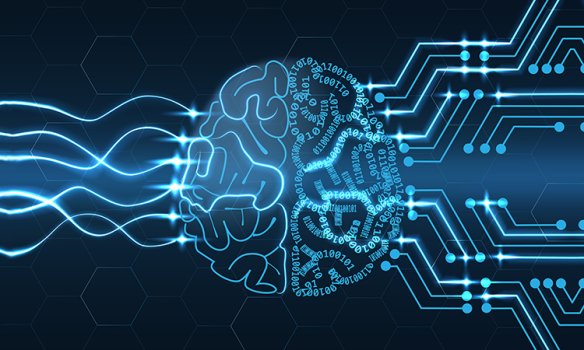Automated vehicles
Automated transport is, undoubtedly, the most discussed and most hyped artificial intelligence (AI) application in reference to public transport. The true automated vehicle (AV) evangelist predicts a future where mass transit as we know it no longer exists: people may have stopped owning vehicles, but they will travel autonomously in private pods, not following preset routes and not sharing with random strangers. A complete change from bus, tram and rail services as we currently know them.
This future scenario is mercifully unlikely to be realized. It depends on a level of affordability for AVs which seems unrealistic, particularly when we consider the vehicle and infrastructure components that will be necessary to deliver an efficient and safe on-demand AV service to every citizen. It also ignores the issue of congestion; if it unexpectedly became affordable to provide door‑to-door individual AV services for all, the resulting congestion would be as bad as what we see now on our networks, and may even be worse. It is true that, in the pure AV scenario, on-street parking disappears, freeing up more roadspace for moving vehicles. But it is also true that we have no reason to believe that the law of induced demand does not apply to AVs, and an affordable and comfortable (which, when discussing private car versus public transport, often means private and safe from required social interaction with strangers) on‑demand AV service should be expected to induce extra trips. Mass transit will, therefore, remain an essential component of a livable city, and we include less dense urban areas in this.
An evolution, not a revolution
Moving on from the AV scenario, AI actually has a lot to offer to improve public transport in many different ways. Not through a revolution – as with AVs – but through an evolution such as we are already familiar with: from tickets issued from a roll of paper, through to magnetic stripe paper tickets, smartcards and contactless; from route and timetable planning with pen and ink, to using PCs, through to the use of dedicated software. AI is just the latest new tool being added to these chains of improvement, and AI itself is only in its infancy in terms of capability and application.
Continue reading: https://www.intelligenttransport.com/transport-articles/131855/artificial-intelligence-public-transport/
Automated transport is, undoubtedly, the most discussed and most hyped artificial intelligence (AI) application in reference to public transport. The true automated vehicle (AV) evangelist predicts a future where mass transit as we know it no longer exists: people may have stopped owning vehicles, but they will travel autonomously in private pods, not following preset routes and not sharing with random strangers. A complete change from bus, tram and rail services as we currently know them.
This future scenario is mercifully unlikely to be realized. It depends on a level of affordability for AVs which seems unrealistic, particularly when we consider the vehicle and infrastructure components that will be necessary to deliver an efficient and safe on-demand AV service to every citizen. It also ignores the issue of congestion; if it unexpectedly became affordable to provide door‑to-door individual AV services for all, the resulting congestion would be as bad as what we see now on our networks, and may even be worse. It is true that, in the pure AV scenario, on-street parking disappears, freeing up more roadspace for moving vehicles. But it is also true that we have no reason to believe that the law of induced demand does not apply to AVs, and an affordable and comfortable (which, when discussing private car versus public transport, often means private and safe from required social interaction with strangers) on‑demand AV service should be expected to induce extra trips. Mass transit will, therefore, remain an essential component of a livable city, and we include less dense urban areas in this.
An evolution, not a revolution
Moving on from the AV scenario, AI actually has a lot to offer to improve public transport in many different ways. Not through a revolution – as with AVs – but through an evolution such as we are already familiar with: from tickets issued from a roll of paper, through to magnetic stripe paper tickets, smartcards and contactless; from route and timetable planning with pen and ink, to using PCs, through to the use of dedicated software. AI is just the latest new tool being added to these chains of improvement, and AI itself is only in its infancy in terms of capability and application.
Continue reading: https://www.intelligenttransport.com/transport-articles/131855/artificial-intelligence-public-transport/

